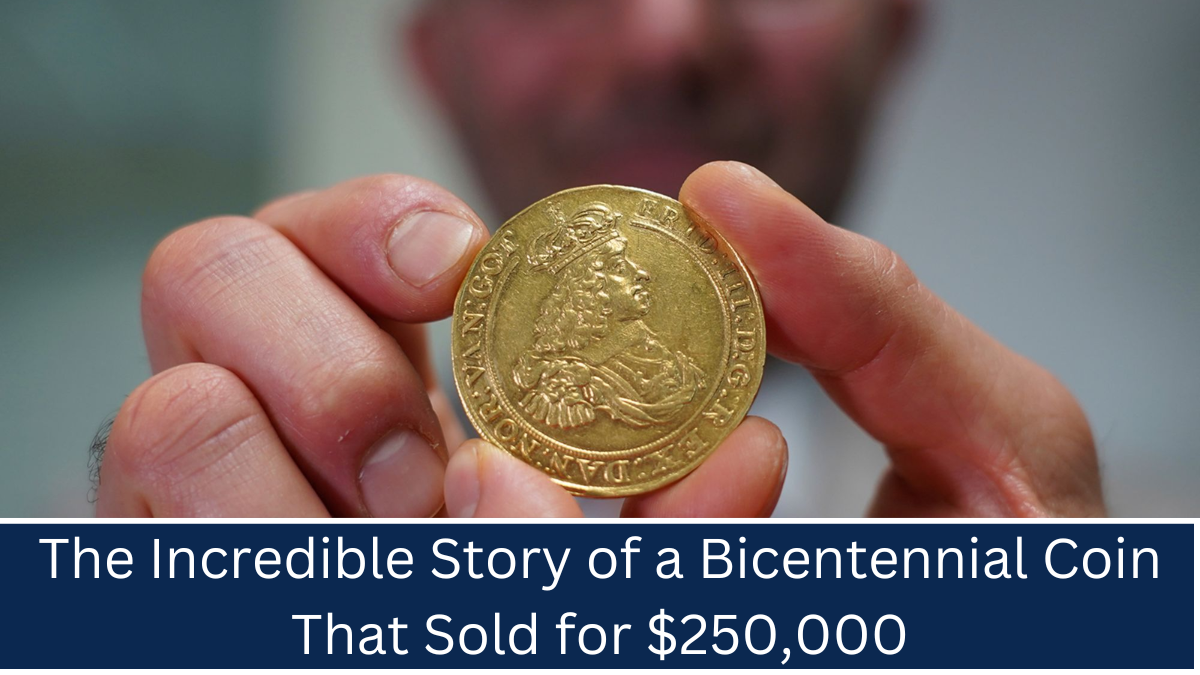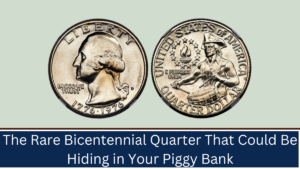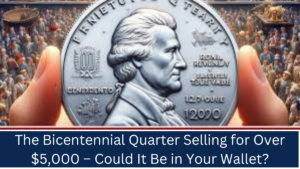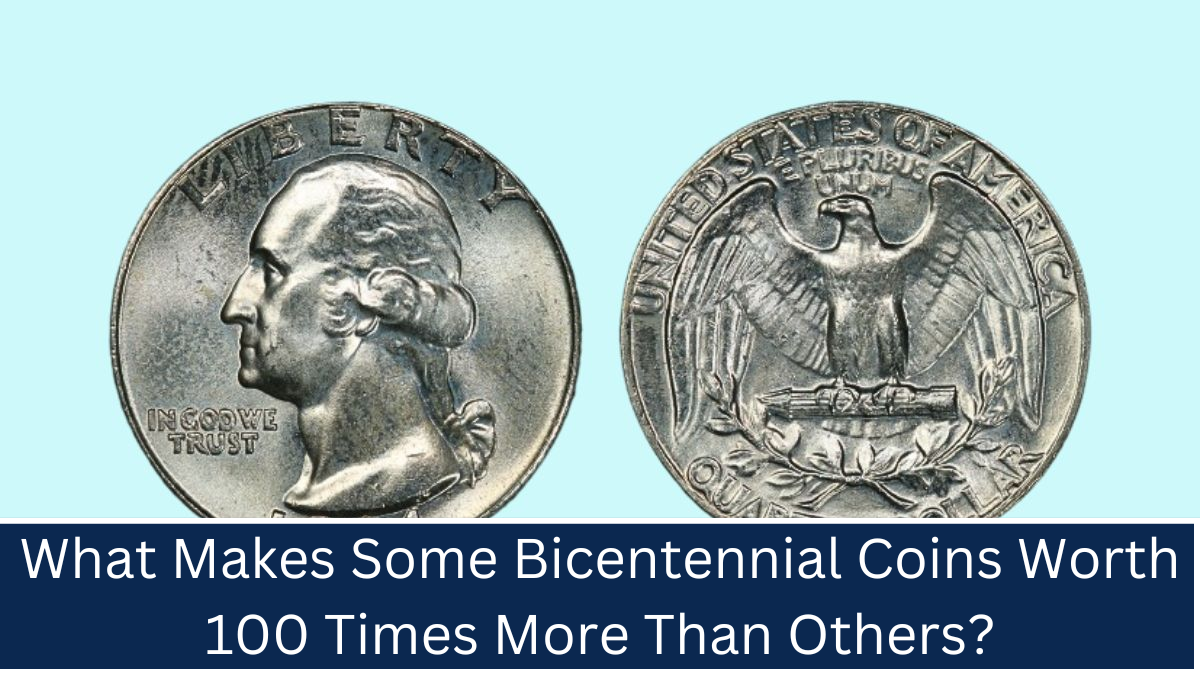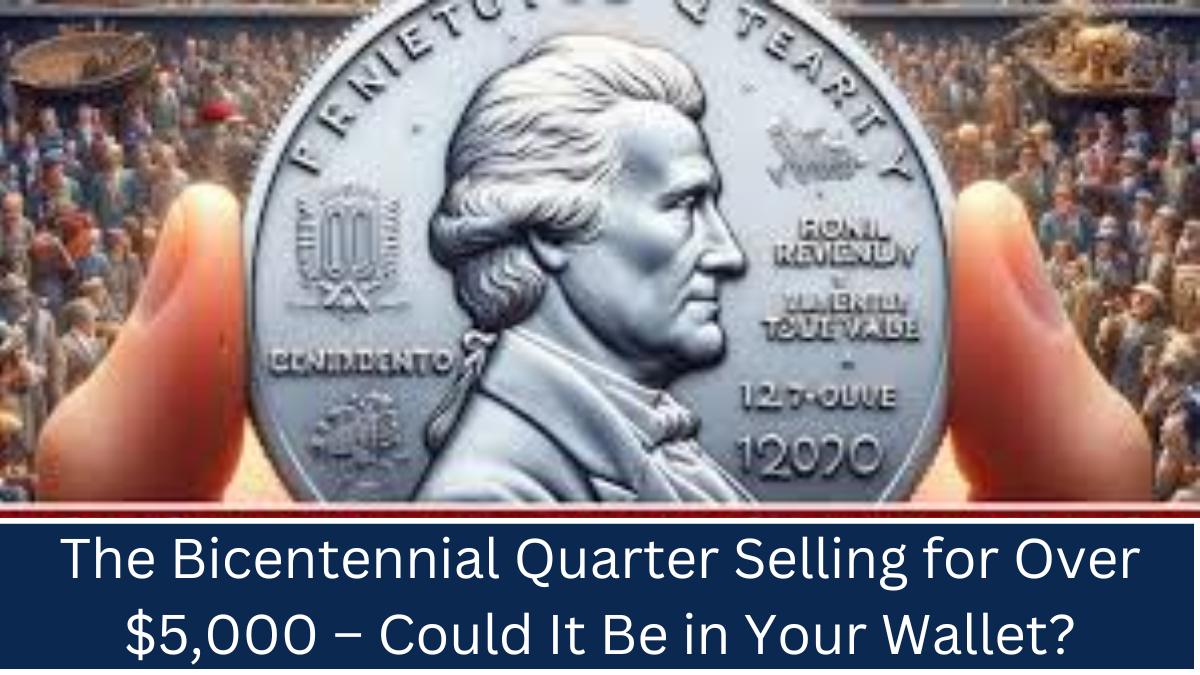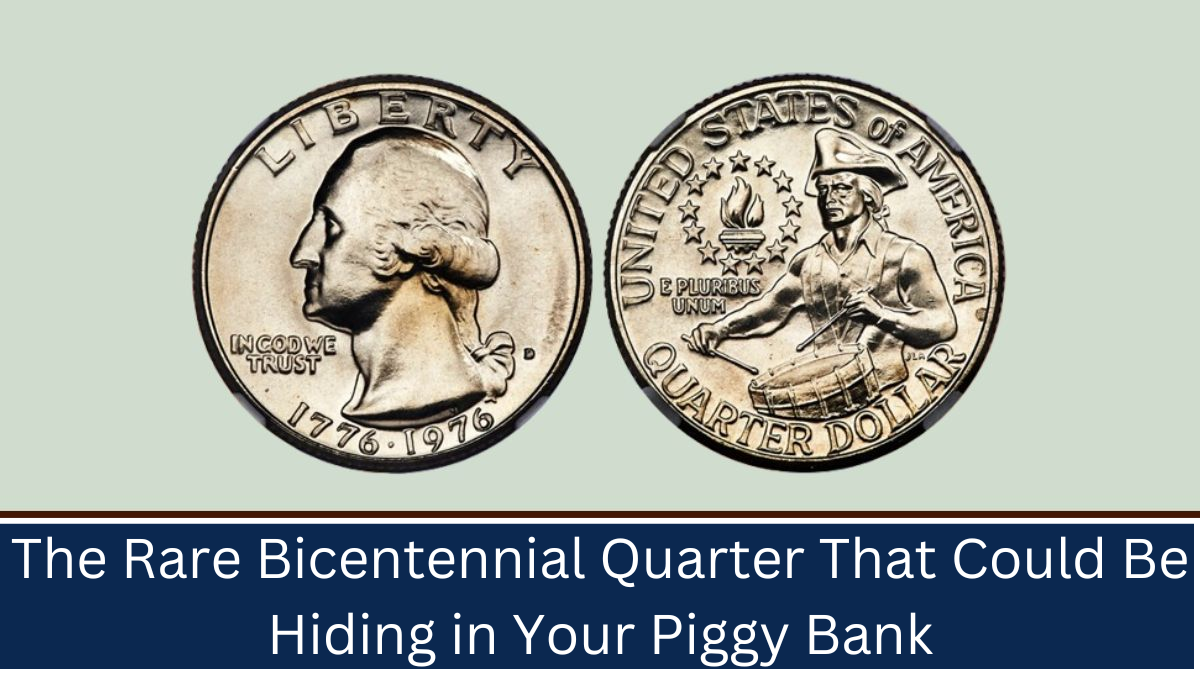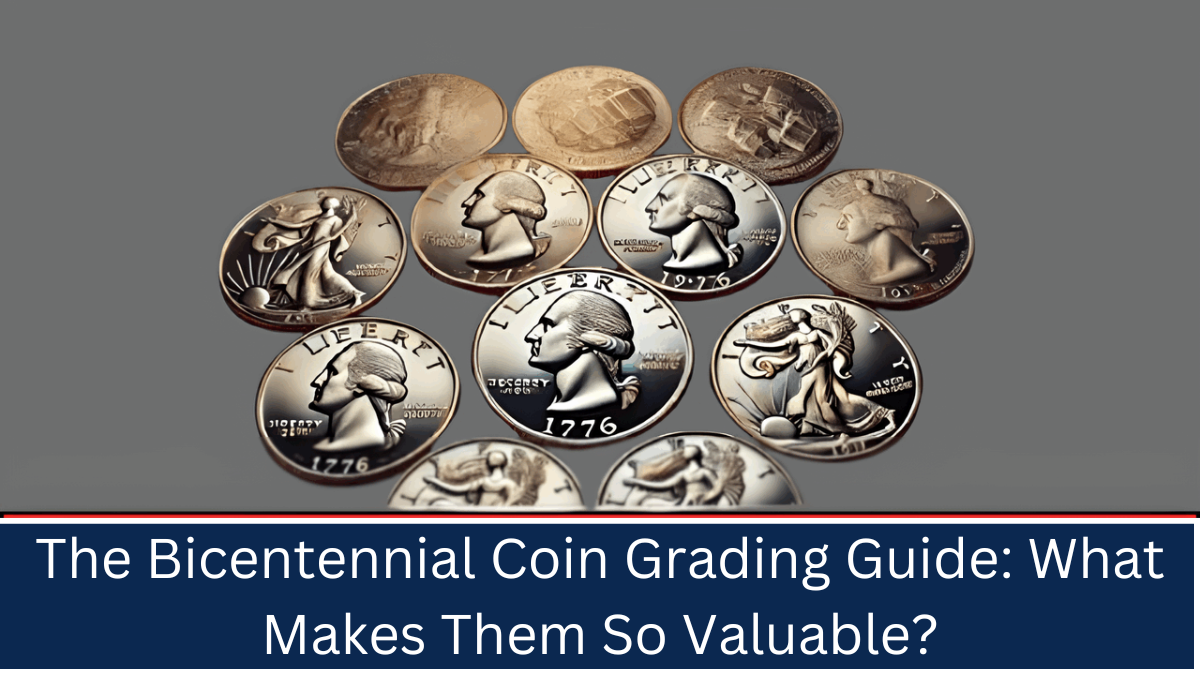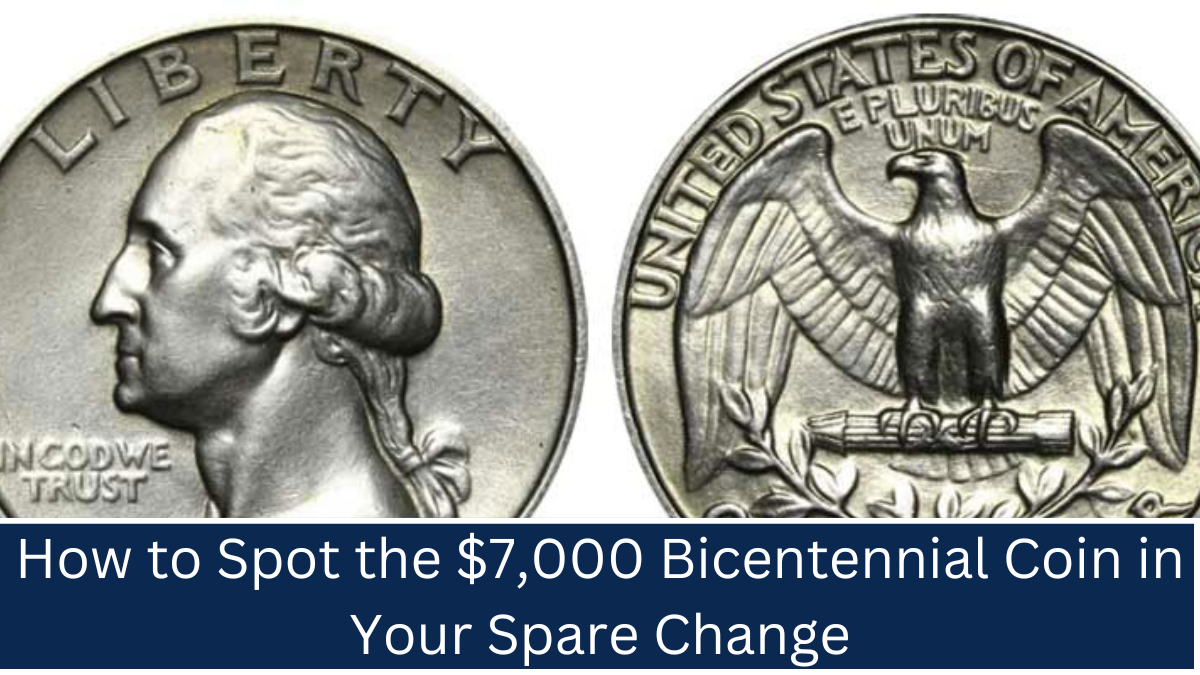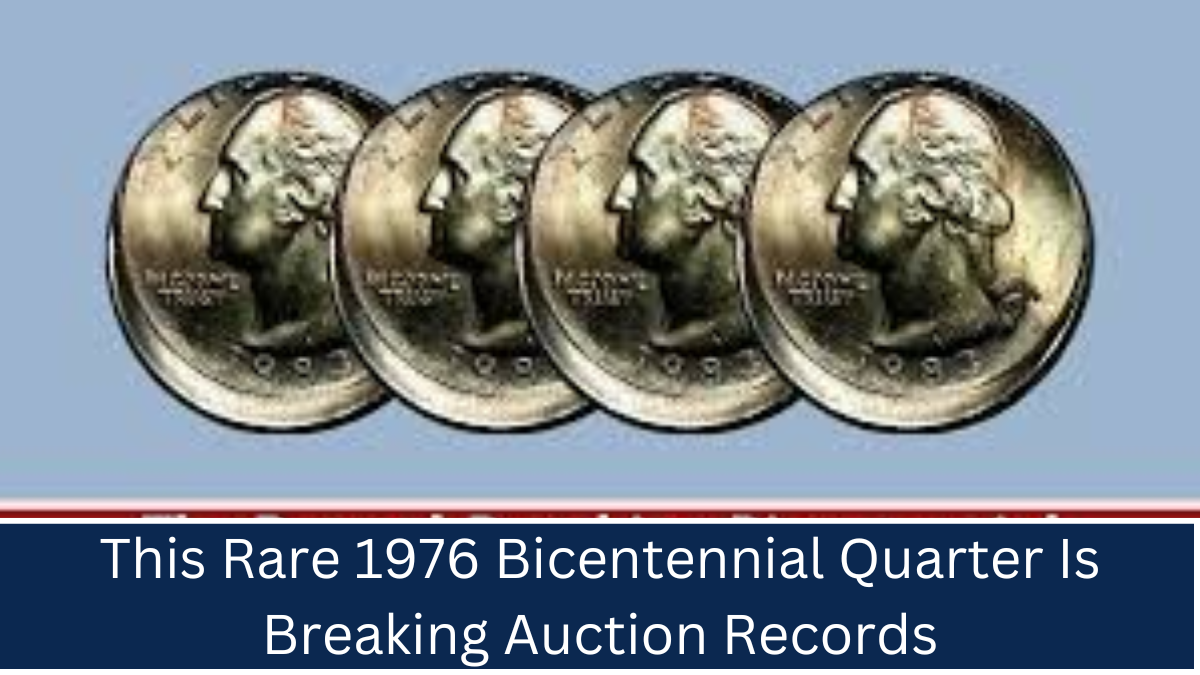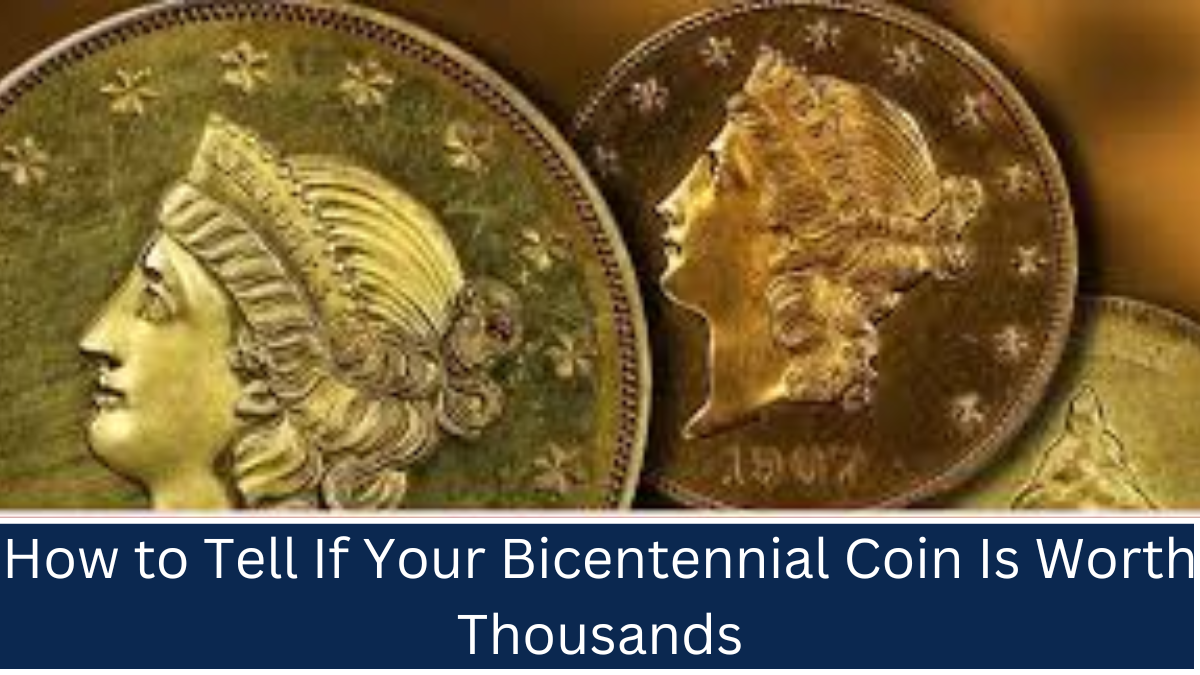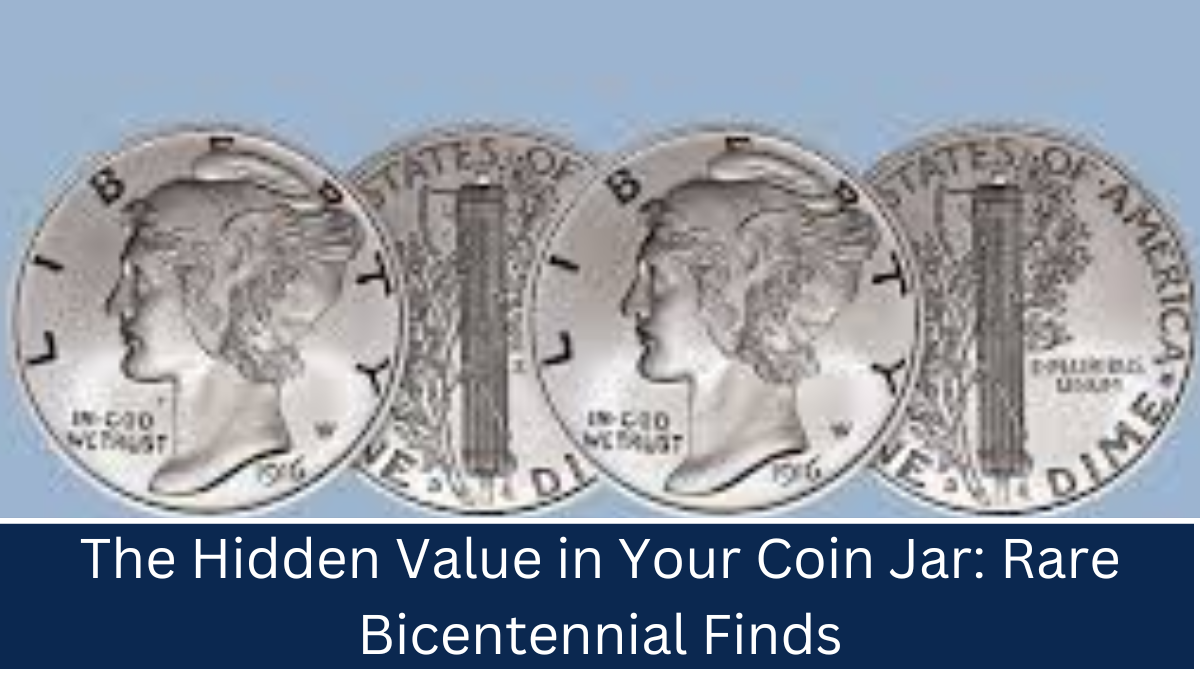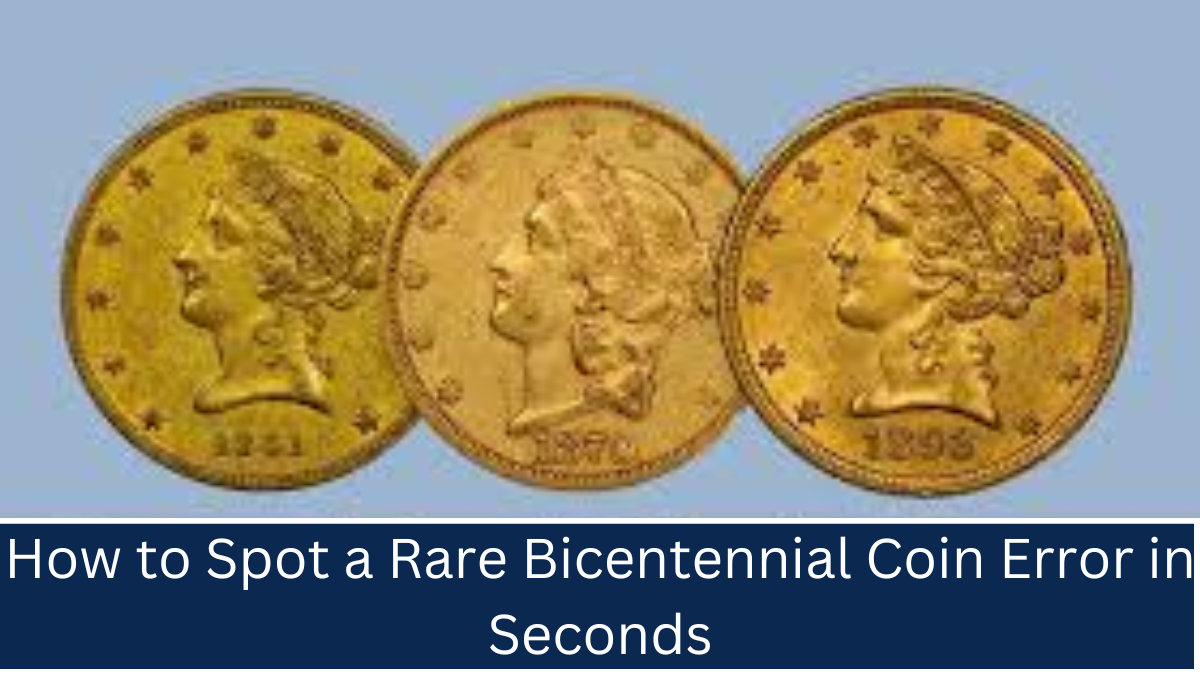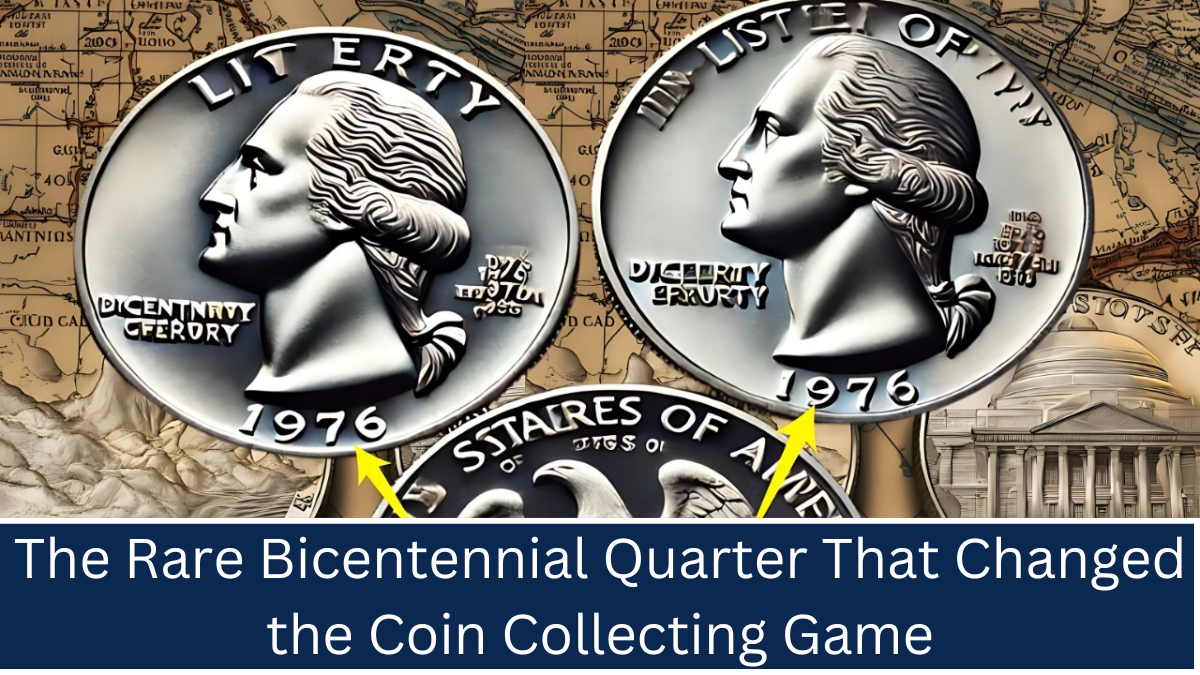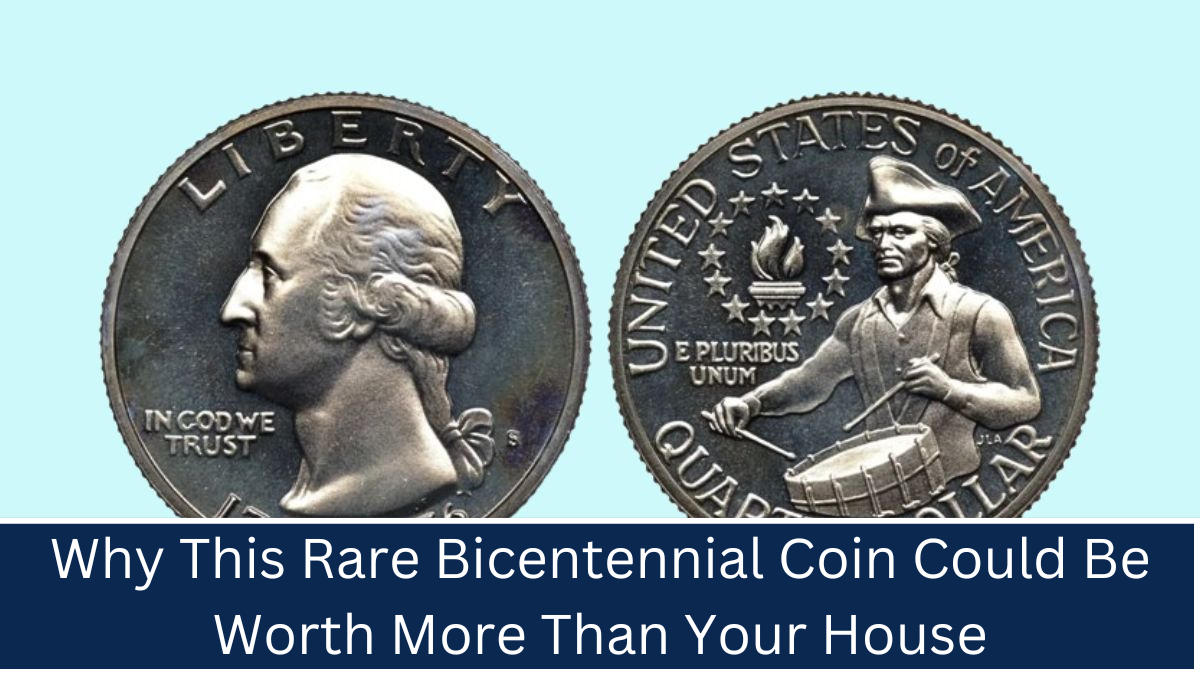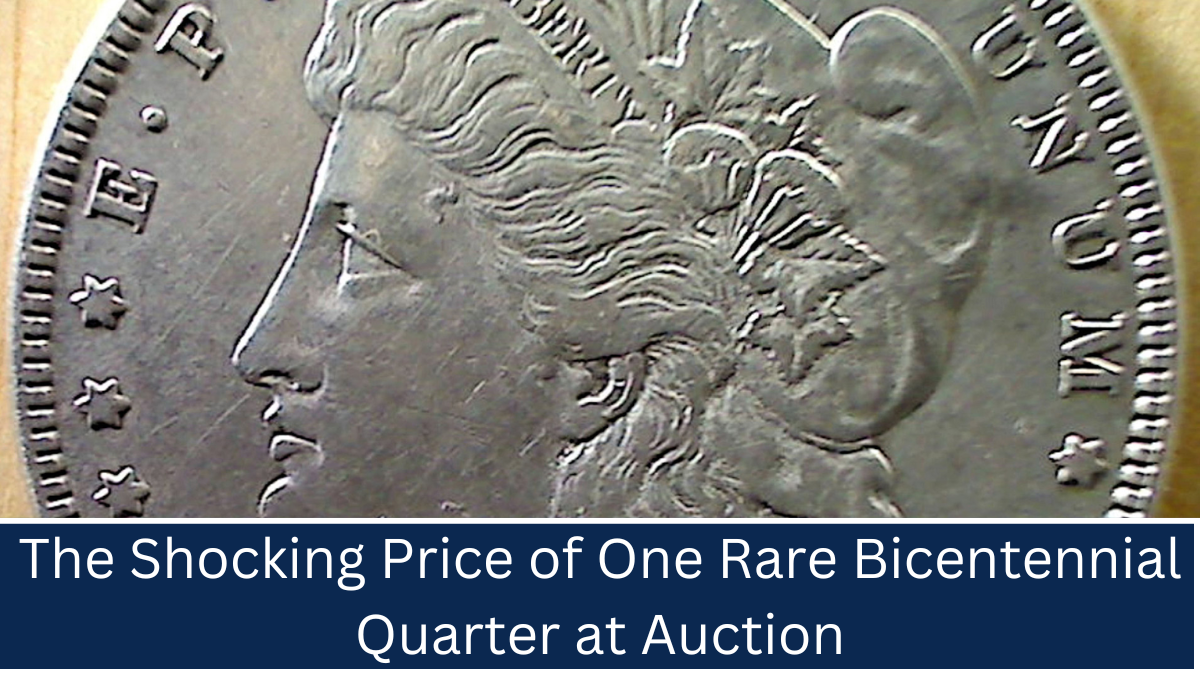In 1976, to celebrate the United States’ 200th anniversary, the U.S. Mint issued a special series of coins to commemorate the Bicentennial. These Bicentennial coins were designed with unique motifs to reflect the nation’s rich history. Featuring images like the Liberty Bell and Independence Hall, the Bicentennial Quarter, Half Dollar, and Dollar circulated widely and have since become iconic representations of America’s past. What many don’t realize, however, is that some of these seemingly simple coins have become extraordinary treasures. The Bicentennial Quarter in question is not just any ordinary coin—it is a 1976-D Bicentennial Quarter, known for its error: an off-center strike. This error occurred when the coin’s blank planchet wasn’t correctly aligned in the minting press. As a result, part of the coin’s design, including the date and the mint mark, was missing, making it incredibly rare and valuable. Off-center strikes are highly sought after in the numismatic world due to their unusual appearance and the fact that they’re typically produced when a planchet is improperly fed into the minting press. A coin like this, with a clear misalignment, becomes a one-of-a-kind collectible, and such rarity drives up its value.
1976 Bicentennial Quarter (Off-Center Strike):
The 1976 Bicentennial Quarter with an off-center strike is one of the most valuable coins in the Bicentennial series. The minting error, which causes part of the coin’s design to be missing, makes this coin unique and extremely valuable. It’s a prime example of how a slight flaw can result in a highly sought-after piece.
1976-D Bicentennial Quarter with Doubled Die Error:
Another rare version of the 1976 Bicentennial Quarter is the 1976-D Bicentennial Quarter with a doubled die error. In this case, the inscriptions and design appear doubled, likely due to a misalignment during the die manufacturing process. These doubled die error coins are especially valuable, as they occur only in a small percentage of coins.
1976-S Proof Bicentennial Half Dollar:
The 1976-S Proof Bicentennial Half Dollar was minted as part of a special proof set released to collectors. Proof coins are struck with a special process that results in a mirrored surface and are usually produced in limited quantities. Some proof coins with unique characteristics or errors can be worth significantly more than their original issue price.
1976-P Bicentennial Dollar with Clipped Planchet:
The 1976-P Bicentennial Dollar with a clipped planchet is another coin with a rare minting error. This occurs when a portion of the coin is missing due to an improperly cut planchet. Clipped planchets are highly prized among collectors and can fetch substantial amounts at auction depending on the severity of the clipping and the coin’s condition.
While most of the Bicentennial coins are not worth more than their face value, there are a few rare versions that have become highly valuable due to minting errors or unique features. The 1976 Bicentennial Quarter that sold for $250,000 serves as an excellent example of how an error coin can attract the attention of collectors and lead to extraordinary auction prices. Coins with features such as off-center strikes, doubled dies, or clipped planchets are the types of rare pieces that can elevate a coin’s worth from a simple collector’s item to a high-value treasure. This highlights the importance of understanding what makes these coins unique, as some errors are more sought-after than others. Whether you’re a beginner or a seasoned collector, it’s essential to know the signs of a rare coin, as you might be holding a potential goldmine without even realizing it.
FAQ’s:
What makes the 1976 Bicentennial Quarter valuable?
The 1976 Bicentennial Quarter is valuable due to rare minting errors, such as off-center strikes or doubled dies, which make these coins unique and sought after by collectors.
How can I identify an off-center strike on a Bicentennial coin?
An off-center strike occurs when the coin is not properly aligned in the press, causing part of the design to be missing or misaligned. Look for clear gaps in the design.
What’s the value of a standard 1976 Bicentennial Quarter?
Most 1976 Bicentennial Quarters are worth face value (25 cents). However, rare error versions can be worth thousands, depending on the type of error and the coin’s condition.
How can I tell if my coin is a rare Bicentennial piece?
Look for visible minting errors such as off-center strikes, doubled inscriptions, or missing elements of the design. These errors can make a coin much more valuable.
Where can I sell rare Bicentennial coins?
Rare Bicentennial coins can be sold through online auction platforms, coin dealers, or numismatic marketplaces. You can also consider specialized coin auctions for maximum exposure.
